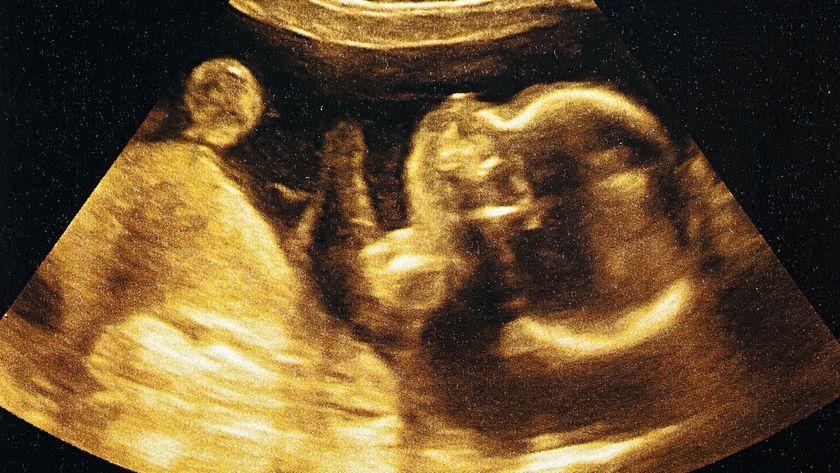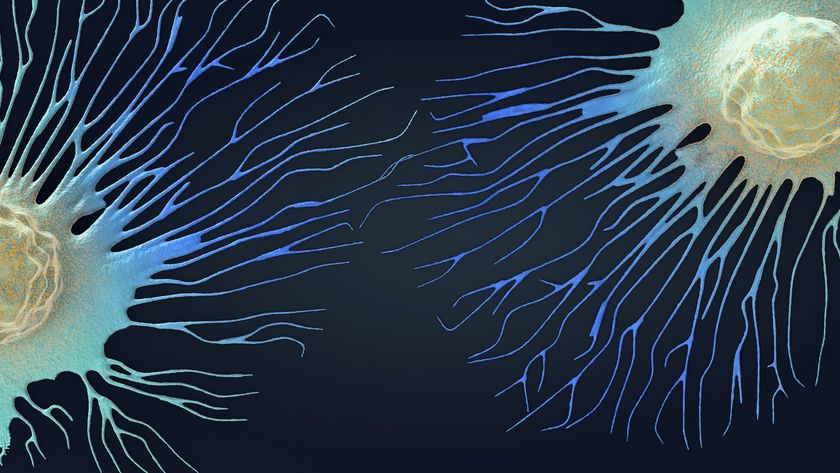Cancer Drug May Help Re-grow Damaged Spinal Cord Cells
The cancer drug Taxol stimulates the growth of nerve cells in the spine after a spinal cord injury, and reduces scaring in these cells, according to a new study in rats.
While much more research is needed, including work to understand whether the same process occurs in people, the chemotherapy drug (also known by its generic name paclitaxel) holds promise as a future treatment for spinal cord injuries , the researchers said.
Normally after a spinal cord injury, the slender appendages of nerve cells known as axons cannot regenerate. Many inhibitory factors prevent this re-growth.
"They act like stop signs for these axons," said study researcher Frank Bradke, of the Max Planck Institute of Neurobiology in Germany. To coax the axons into re-growing, researchers can take away some of these stop signs, or get the nerve cells to act like a "mad driver" and ignore them, he said.
"The good thing about Taxol is that it actually does both things at once," Bradke told MyHealthNewsDaily. "On the one hand, it basically gets these neurons to start to grow, like a crazy driver, and at the same time, it also reduces these stop signs, it reduces the scarring process," he said.
By treating an injury with taxol, "you basically manipulate the two major impediments to axon regeneration," Bradke said.
The researchers used a low concentration of Taxol to treat rats with spinal cord injuries. At low concentrations, the drug does not kill cells or reduce their ability to divide, Bradke said, as it does at the higher concentrations used in cancer therapy .
Sign up for the Live Science daily newsletter now
Get the world’s most fascinating discoveries delivered straight to your inbox.
Taxol decreased the amount of scar tissue at the site of injury, and stimulated their growth more than the placebo treatment, the study showed.
It also improved the rats' ability to walk. After six to eight weeks of treatment, the researchers gave the rats a test in which they were required to walk on sticks. Normally, rats can do this well, but after a specific type of spinal cord injury, their back paw tends to misstep and slip through the pencils. The injured rats treated with Taxol frequency made fewer of these missteps, Bradke said.
The researchers think the drug works by stabilizing the cell's microtubules, part of the cell's "skeleton," Bradke said.
The work is preliminary and still needs to be verified in people, Bradke said. But the treatment is particularly exciting, because Taxol is already approved for use in humans, he said.
The study is novel and interesting and "opens up a new avenue towards a potential therapy, combined with others, of course, that can help foster regeneration after spinal cord injury," said Jerry Silver, a professor of neuroscience at Case Western University in Cleveland, Ohio, who was not involved with the study.
However, the effect of Taxol on neurons is probably not dramatic enough to be a therapy on its own, Silver said. And although this approach to treating spinal injuries is strikingly different from other strategies under investigation, there is also no evidence that it would work weeks or months after an injury occurred, he said.
The study was published today (Jan. 27) in Science Express, the advance online publication of the journal Science.
Pass it on: The drug Taxol holds promise as a therapy for spinal cord injuries, though further research in humans is needed.
- Study: Injured Monkeys Grow New Spinal Cord Nerves
- 6 Foods That Are Good for Your Brain
- Top 10 Mysterious Diseases
Follow MyHealthNewsDaily staff writer Rachael Rettner on Twitter @Rachael_MHND.

Rachael is a Live Science contributor, and was a former channel editor and senior writer for Live Science between 2010 and 2022. She has a master's degree in journalism from New York University's Science, Health and Environmental Reporting Program. She also holds a B.S. in molecular biology and an M.S. in biology from the University of California, San Diego. Her work has appeared in Scienceline, The Washington Post and Scientific American.











